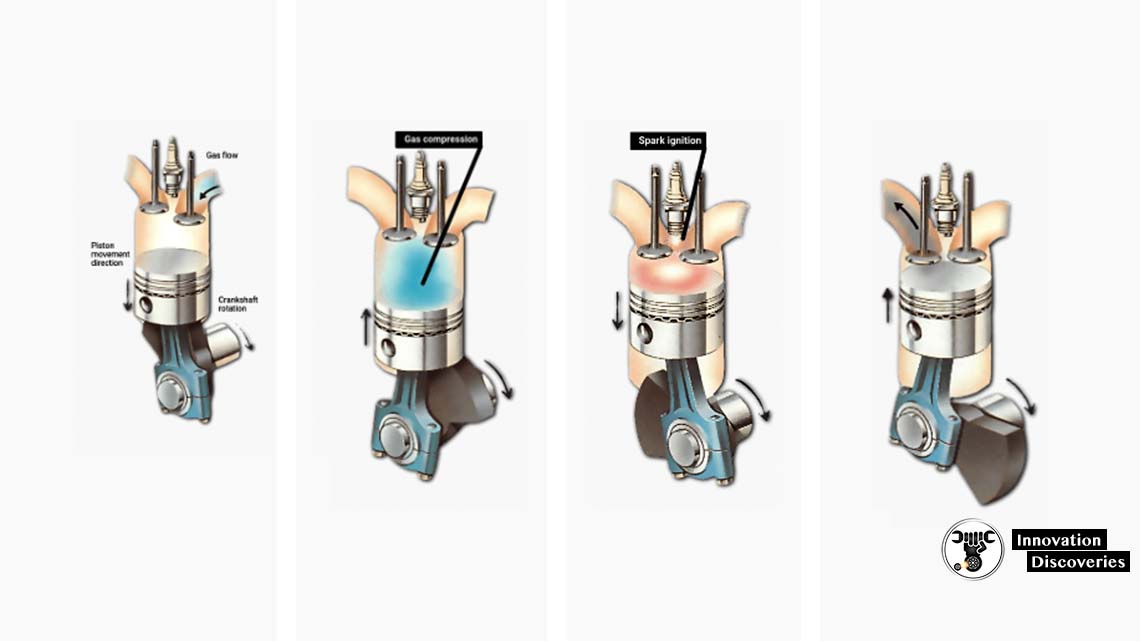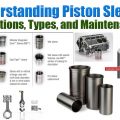Is it Decked?
The deck height is that the one measurement that the engine builder will need to bring an accurate calculation. Even with a replacement engine block,
New rods and new pistons, there are often a big difference with adding up the deck height
And trying to subtract half the stroke, rod length and compression height. And if the block is employed and
You’re unsure of its history, and there’s an opportunity it could are surfaced milled—which would alter the deck height.
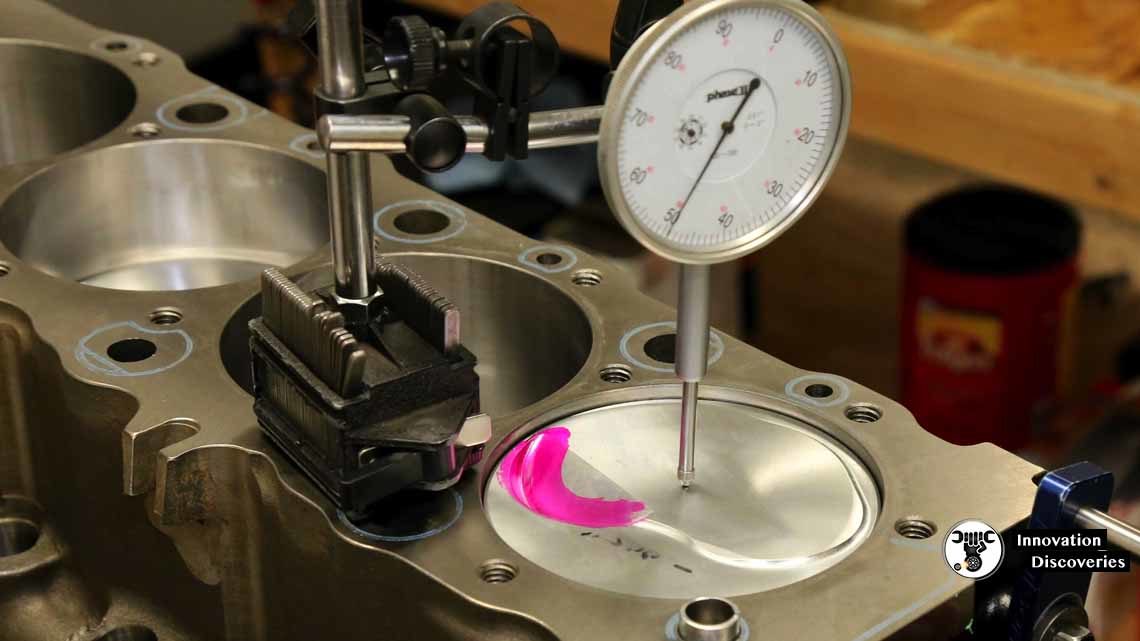
Use a dial indicator to determine the top dead center. A magnetic base makes this a quick and accurate job.
Identifying Speaks Volumes
Again, performance aftermarket companies usually supply the specified numbers with new parts. Piston manufacturers will provide the dome/dish volume in + or – CCs, and plate companies offer their products with different volumes to assist achieve the specified compression ratio. However, it never hurts to verify together with your measurements.
“By necessity, IC engines demand fairly tight dimensional control to work reliably so dimensional variation must be within accepted tolerances. internal control at the manufacturing level keeps the non-conforming product from being released into service,” explains Stevenson. “Nothing is ever one hundred pc, of course, which is why careful measurements are standard practice for machine shops and engine builders. Assuming and not measuring almost assures an upscale and messy outcome.”
Experienced engine builders have the right tools for taking all the specified measurements, like a bore gauge and dial indicator. The foremost tedious measurements are the piston volume and therefore, the combustion chamber volume. A Burnett, coloured liquid and task-specific fixtures are required, as noted within the accompanying photos.
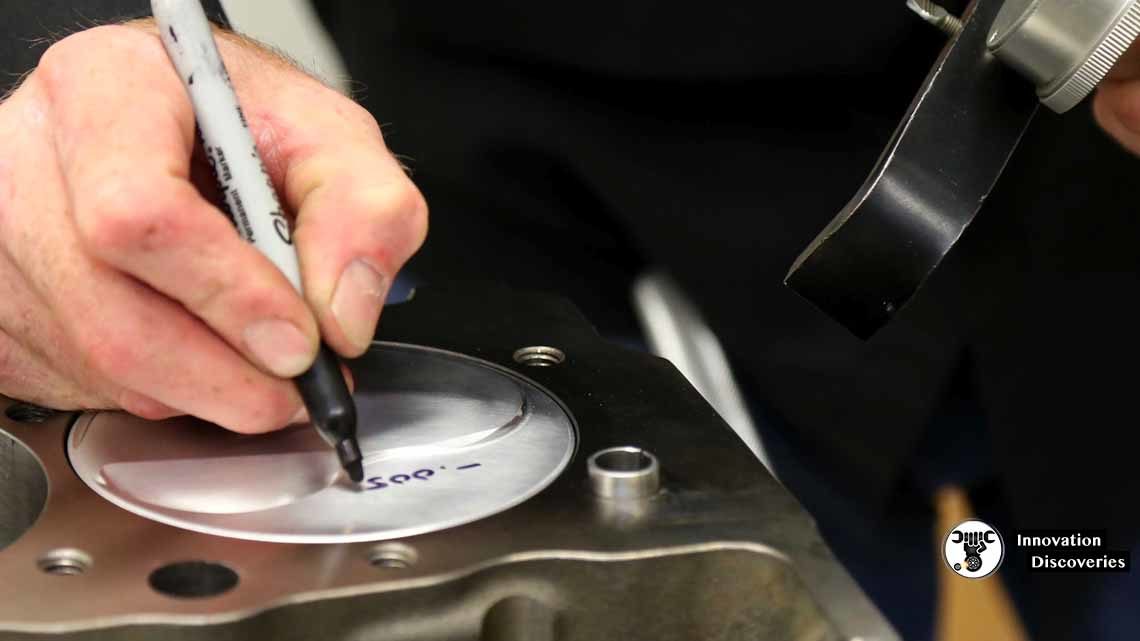
Variations in machining can affect the piston’s deck clearance.
For that reason, it’s important to see each piston and write the measured clearance on the crown.
Big-Block Chevy Example
As an example, let’s calculate the CR for a well-liked big-block Chevy application.
Starting with a .060 overbore (4.130-inch) and 4.250-inch stroke,
The swept volume of every cylinder is 62.006ci, which equates to a 496ci V8.
Rounding out the rotating assembly is going to be 6.385-inch rods and pistons with a 1.270-inch compression height and 18cc dome. We’re employing a seasoned block that required a touch of surface finishing. Therefore the final deck height is 9.780. The chosen cylinder heads have 118cc combustion chambers,
And consequently, the gasket features a bore of 4.375 and compressed thickness of .040. The manufacturer says the gasket volume is 9.854cc.
With that deck height and rotating assembly, there’s 0.000 deck clearance. Plugging all those numbers into a web calculator, we get 10.25:1. If the engine had a replacement block with a typical 9.800-inch deck height, the CR would drop to 9.86:1 because there would be .020-inch deck clearance.
If calculating by hand, here’s how the formula would work with the surfaced deck model:
- Cylinder volume = 1016.094cc [(bore ÷ 2)2 x 3.1416 x stroke x 16.387]
- Clearance volume = 0.000cc [(bore ÷ 2)2 x 3.1416 x deck height x 16.387]
- Gasket volume = 9.9854cc [from manufacturer but formula is (bore ÷ 2)2 x 3.1416 x gasket thickness x 16.387]
- Chamber volume = 118cc [Value from manufacturer but could be determined and/or confirmed through measurement]
- Piston volume = -18cc [Value from manufacturer but could be determined and/or confirmed through measurement. Expressed as a negative volume because piston shape is domed. If the piston were dished or flat-top with valve reliefs, it would be expressed as a positive.]
With those numbers we add up the swept volume as 1016.094 + 0.000 + 9.985 + 118 – 18 = 1126.079. The compressed volume is 0.000 + 9.985 + 118 – 18 = 109.985. Dividing the swept volume by the compressed volume we get 10.24:1.
The slight difference between the hand calculation and;
Therefore the online calculator is perhaps explained by the latter completing
More decimals within the equation.
Once the CR is calculated,
The engine builder has few options to vary it without different parts or additional machining. A thicker gasket will lower the compression slightly, and a thinner gasket will boost the compression slightly. Otherwise, different pistons will need to be ordered,
Or the plate will need to be surfaced milled to scale back the combustion chamber volume and boost the CR.
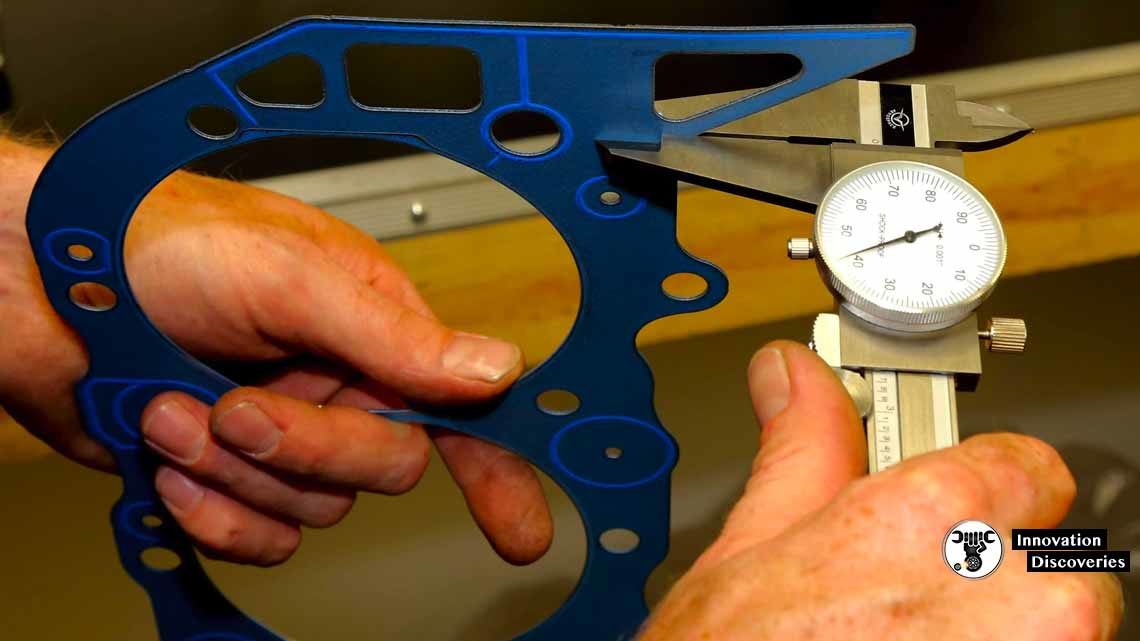
Altering head gasket thicknesses can help fine tune compression ratio.
Static Versus Dynamic Compression
On a final note, these calculations will compute the static compression ratio of the engine. There’s also the dynamic compression ratio to think about,
Which has relevancy to the camshaft timing?
A high-CR engine will lose a number of that compression pressure
If the valve remains open t after the piston starts the compression stroke. This is often referred to as valve closing point.
“Physics dictates the formula wont to calculate CR and none of the constants inputs into;
That formula change with RPM,” explains Stevenson. “The only exception is that the change in deck clearance thanks to rod stretch,
Particularly with aluminium rods, and component deflection like crank flex. “
Read More:


